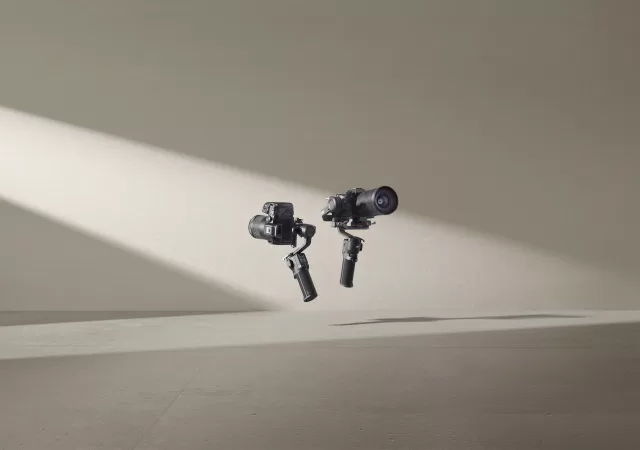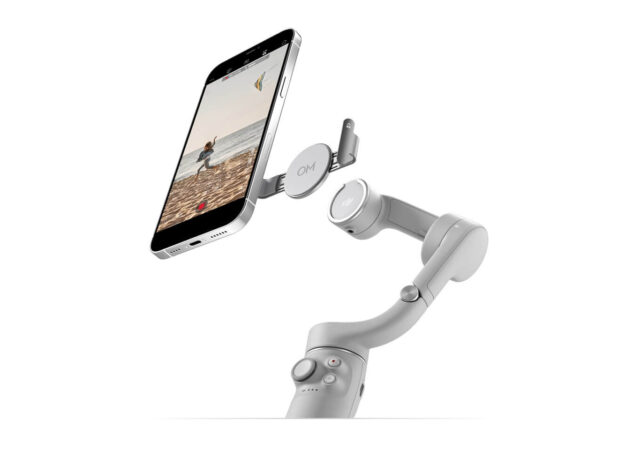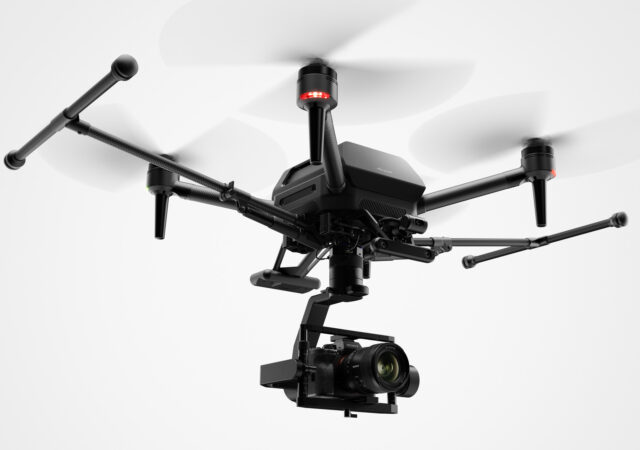DJI releases their latest compact gimbal for mirrorless cameras, the RS 3 Mini stabilizer that will cost US$ 369.
DJI Launches the DJI OM5 – Mobile Film Making Just Got A whole Lot Better for MYR 689
DJI launches the new OM5 portable smartphone gimbal with extension rod for more silm making options for independet content creators.
[CES 2021] Sony Introduces the AirPeak
Sony introduces the AirPeak in CES 2021. The AirPeak is designed to be the world’s smallest drone to carry the Alpha for aerial creativity.





